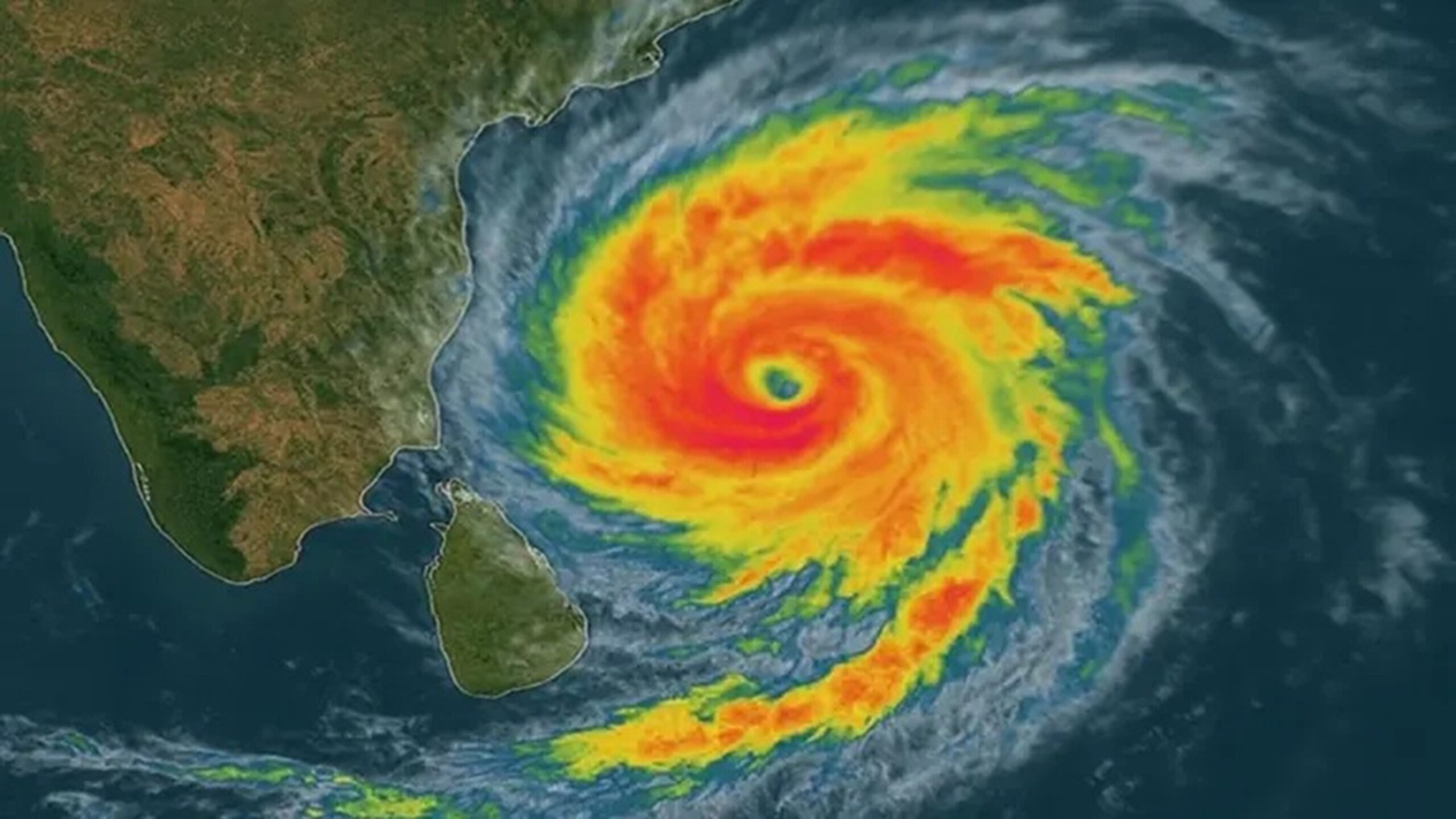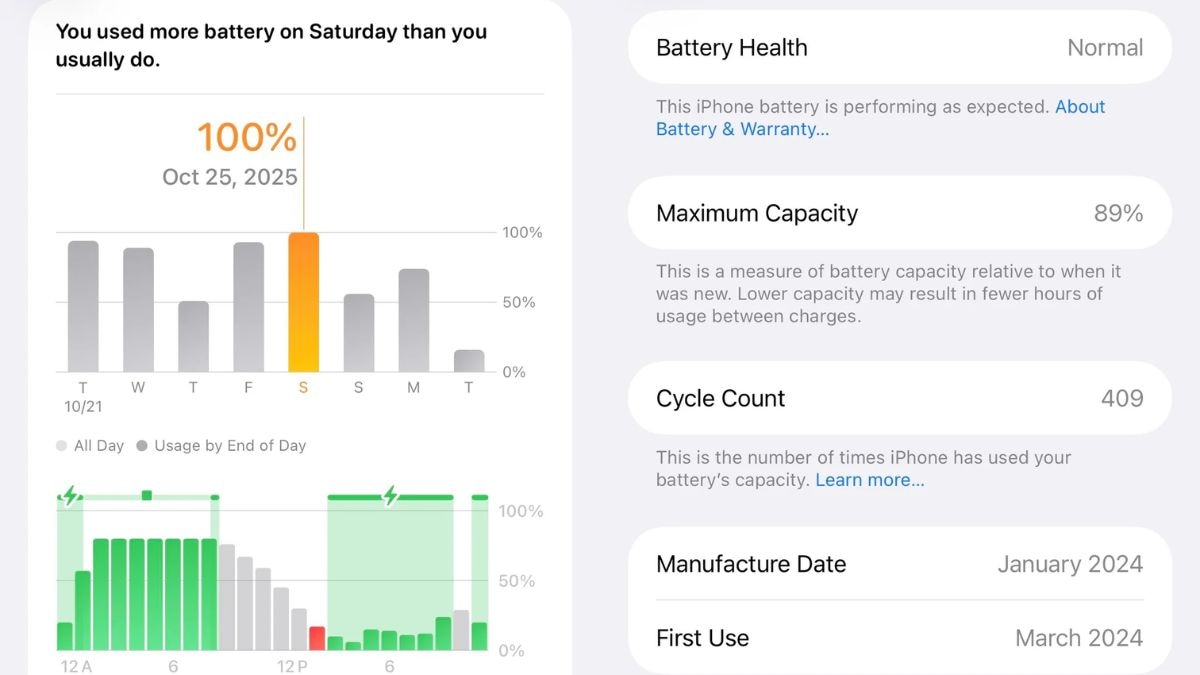
<p><span style=”font-weight: 400;”>Cyclone Montha is forming over the Bay of Bengal and is expected to hit Andhra Pradesh and southern Odisha by October 28 evening or night. The weather department (IMD) has said the storm may bring very strong winds up to 110 km/h, heavy rain, and sea waves up to one meter high. The most affected areas could be Kakinada, Konaseema, Eluru, East and West Godavari in Andhra, and Ganjam, Gajapati, and Rayagada in Odisha.</span></p>
<p><span style=”font-weight: 400;”>The cyclone was named “Montha” by Thailand. Apart from rain and wind, people may also face power cuts and weak internet. So, being tech-ready is just as important as storing food or water. Simple steps like charging your phone or saving emergency numbers can make a big difference.</span></p>
<h2><span style=”color: #ba372a;”><strong>Charge Up & Be Ready For Montha Cyclone</strong></span></h2>
<p><span style=”font-weight: 400;”>Before the cyclone comes, make sure all your phones, power banks, laptops, and tablets are fully charged. Try to use a large power bank (20,000 mAh or more) so you can charge your phone many times.</span></p>
<p><span style=”font-weight: 400;”>Turn on battery saver mode and close extra apps once the storm begins to make your battery last longer. Download offline maps, SOS apps, and weather updates that can work without internet.</span></p>
<p><span style=”font-weight: 400;”>If you have a portable hotspot, keep it charged. Also, plug your Wi-Fi router into a small UPS to keep it running for some time during power cuts. And keep basic things like a torch, radio, and emergency light close by.</span></p>
<h2><span style=”color: #ba372a;”><strong>Easy Tech Steps To Stay Safe & Connected</strong></span></h2>
<ul>
<li style=”font-weight: 400;” aria-level=”1″><strong>Save your data:</strong><span style=”font-weight: 400;”> Keep copies of important documents and contacts in cloud storage and also on a pen drive.</span></li>
<li style=”font-weight: 400;” aria-level=”1″><strong>Keep contacts offline:</strong><span style=”font-weight: 400;”> Write down or take screenshots of emergency numbers like hospitals, police, and relatives.</span></li>
<li style=”font-weight: 400;” aria-level=”1″><strong>Use simple apps:</strong><span style=”font-weight: 400;”> If the internet is slow, use light apps or just send SMS messages.</span></li>
<li style=”font-weight: 400;” aria-level=”1″><strong>Old phones help:</strong><span style=”font-weight: 400;”> Keep a small feature phone charged; it uses less power and lasts longer.</span></li>
<li style=”font-weight: 400;” aria-level=”1″><strong>Recharge early:</strong><span style=”font-weight: 400;”> Do your mobile recharges before the storm in case online payments stop working later.</span></li>
<li style=”font-weight: 400;” aria-level=”1″><strong>Get alerts:</strong><span style=”font-weight: 400;”> Don’t turn off your phone, official </span>emergency alerts<span style=”font-weight: 400;”> will come as messages even without internet.</span></li>
<li style=”font-weight: 400;” aria-level=”1″><strong>GPS on:</strong><span style=”font-weight: 400;”> Keep location and battery saver on for faster help during emergencies.</span></li>
<li style=”font-weight: 400;” aria-level=”1″><strong>Unplug devices:</strong><span style=”font-weight: 400;”> Switch off and unplug home electronics to avoid damage from lightning or voltage spikes.</span></li>
</ul>
<p><span style=”font-weight: 400;”>The IMD says Cyclone Montha may get stronger as it moves toward the coast. People are advised to stay indoors, follow local news, and keep their phones charged and ready for any emergency updates.</span></p>


